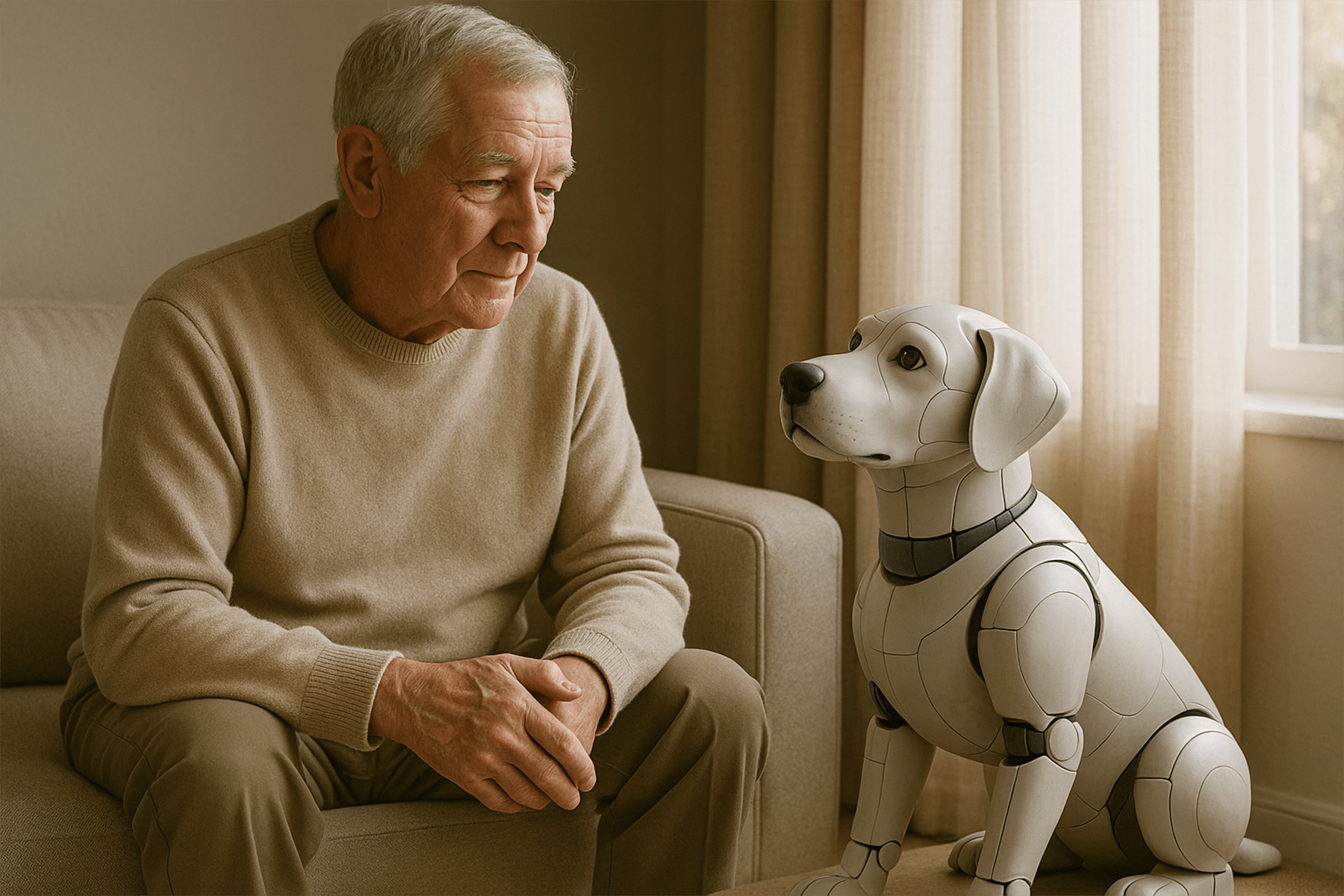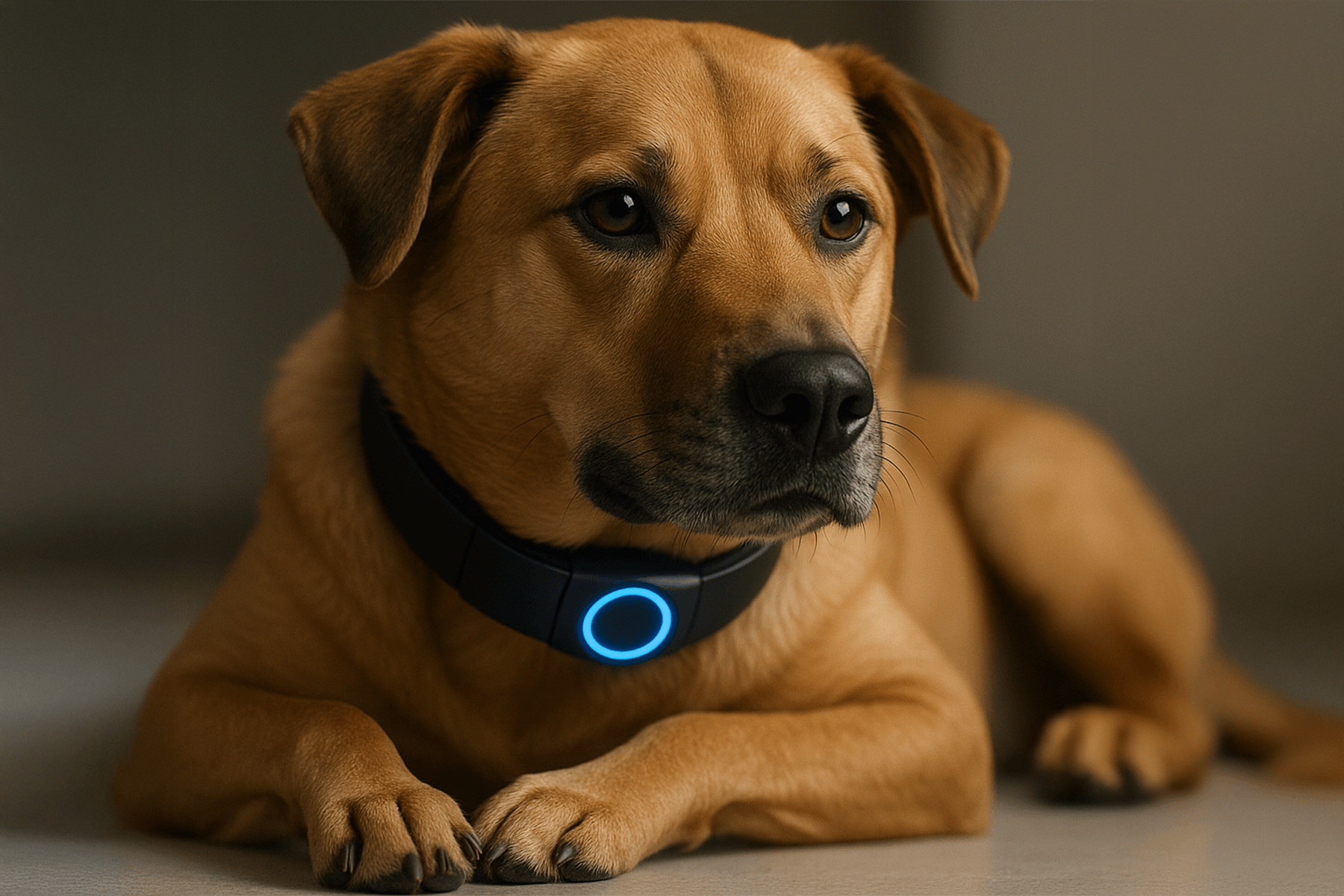AI-powered companions are moving beyond novelty and into home wellness. From conversational helpers like ElliQ to lifelike robotic dogs such as Tombot Jennie, these devices promise to ease loneliness, remind users to stay active, and bring comfort to those aging in place. The next wave of emotional AI isn’t about replacing people—it’s about sustaining connection and routine where human contact can be scarce.
How Emotional AI Turns Machines into Companions
Emotional AI refers to systems that detect, interpret, and respond to human emotion through cues like tone, movement, or routine. When built into robots designed for companionship, it allows devices to “read the room.” ElliQ, for example, uses conversational prompts and sensors to suggest hydration, walks, or video calls when social engagement seems low. Studies supported by the New York State Office for the Aging report measurable decreases in loneliness among enrolled seniors using ElliQ at home (NYSOFA report).
For tactile comfort, robot pets like Tombot’s Jennie focus on realism and responsive motion. Instead of conversation, they offer warmth, eye contact, and movement that mimic a real dog’s affection. These features can calm anxiety and improve mood for people living with dementia or limited mobility. Earlier therapeutic models like the PARO seal demonstrated similar benefits in clinical care environments, setting the foundation for today’s emotional AI designs.
What People Want to Know About Robot Companions
- Do they actually reduce loneliness? Early research suggests yes, especially when used regularly, though results vary depending on the person’s health, cognitive state, and support system.
- Are they difficult to use? Most are voice-activated, connect via Wi-Fi, and require little maintenance. Simpler tactile models need only charging or touch interaction.
- Do they replace human interaction? No. Experts stress these tools should supplement, not substitute, human care. Emotional AI aims to extend well-being between visits or check-ins, not replace them entirely.
Real Products and How They Differ
Today’s emotional AI devices vary in form and purpose:
- ElliQ: Conversational social robot for independent seniors. Offers proactive wellness prompts, reminders, and companionship through dialogue. Available via subscription or through select aging agency programs.
- Tombot Jennie: Lifelike robotic dog designed for dementia and anxiety relief. Emphasizes touch, realism, and comfort over conversation.
- Sony Aibo: Expressive robotic dog with deep-learning behavior. Aibo learns from interaction, can recognize faces, and even participates in a “foster” program for retired units.
Each product reflects a different philosophy: ElliQ prioritizes conversation and structure, Tombot tactile comfort, and Aibo emotional learning. All share a common goal—turning AI into empathy you can interact with daily.
What Science and Ethics Say
Clinical and design studies consistently highlight social robots’ ability to enhance perceived well-being, engagement, and adherence to routines. Yet, researchers also urge caution: results are often short-term, and ethical oversight is needed to ensure autonomy and privacy. A 2024 review in Frontiers in Psychology noted that emotional AI must avoid “substitution effects,” where robotic comfort replaces genuine social contact.
Experts recommend transparent data policies, clear consent processes, and caregiver involvement in setup—especially when devices collect usage or emotional data. As with wearables, privacy and informed choice matter as much as functionality.
Practical Benefits and Limits
Robot companions excel at structure and consistency. They don’t tire, forget, or grow impatient. A gentle voice prompt to drink water or a wagging tail after breakfast can reinforce healthy routines. For caregivers, engagement dashboards offer peace of mind, showing when a loved one interacts or withdraws.
However, emotional AI is not therapy or diagnosis. These devices can’t interpret every nuance of mood or detect complex health issues. They work best as part of a broader wellness plan that includes family, community, and clinical care.
Key Takeaways
- Robot pets and social companions powered by emotional AI can ease loneliness and support daily routines for older adults.
- Evidence shows improved engagement and mood, though research remains early-stage.
- Ethical design, privacy safeguards, and caregiver support are essential for responsible use.
What This Means for You
If you’re exploring AI companionship for yourself or a family member, start with the goal in mind. For gentle daily structure and conversation, look toward proactive social robots like ElliQ. For tactile comfort or dementia support, lifelike pets such as Tombot Jennie may fit better. Always pair technology with human connection—it’s the combination that sustains longevity and emotional health.
FAQ
Do robot pets really help seniors live longer?
While no device directly extends lifespan, emotional AI companions can reduce loneliness and encourage healthier habits, which contribute to overall well-being and quality of life.
Are robot pets covered by insurance or programs?
Some state aging agencies, such as New York’s Office for the Aging, offer ElliQ units through pilot programs. Otherwise, most are available by subscription or direct purchase.



